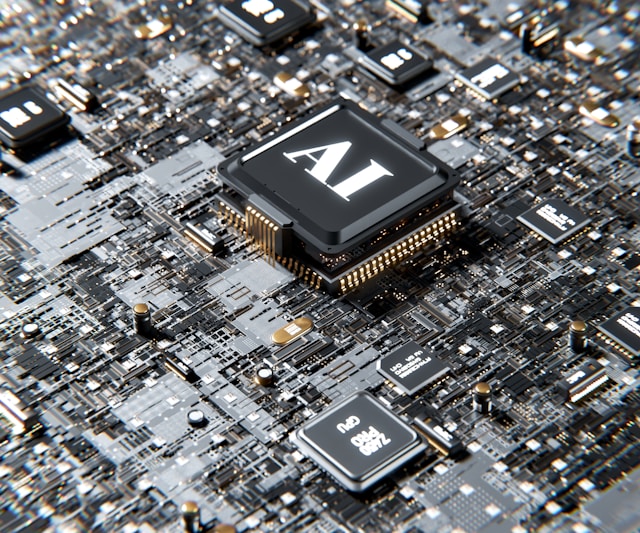- Change theme
The Future of Content ID: AI, Blockchain, and Beyond

In the ever-evolving world of digital media, protecting intellectual property while empowering creators is a complex balancing act.
08:38 21 April 2025
In the ever-evolving world of digital media, protecting intellectual property while empowering creators is a complex balancing act. YouTube’s Content ID system, launched in 2007, was a pioneering step toward automated copyright enforcement, allowing rights holders to track, block, or monetize their content across the platform.
But as content creation explodes in volume and complexity, Content ID faces new challenges that demand more sophisticated solutions. Technologies like artificial intelligence (AI) and blockchain are emerging as powerful tools that could redefine how content is identified, claimed, and monetized in the years ahead.
Let’s take a look at what’s next for Content ID — and the technologies shaping its future.
AI: Smarter Detection, Less Conflict
AI already plays a central role in Content ID, but we’re only scratching the surface of its potential.
Advanced Content Recognition
Modern AI models are becoming better at detecting not just exact matches, but derivative works, cover versions, mashups, and even transformative content like memes and commentary. This could reduce both false positives and missed claims — a win for both creators and rights holders.
Contextual Understanding
Imagine a system that can understand the context of a video, recognizing when content falls under fair use, parody, or education. AI could eventually help platforms distinguish between copyright infringement and legitimate transformative use, reducing disputes and helping creators feel more secure.
Real-Time Monitoring
AI could also power real-time content scanning, making it possible to identify copyrighted material in livestreams or Shorts instantly, offering automated decisions on monetization or takedown before the content even finishes uploading.
Blockchain: Transparent Rights Management
Where AI improves detection, blockchain technology addresses a different challenge: the ownership and tracking of digital rights.
A Universal Rights Ledger
Blockchain could act as a global, decentralized database of content ownership, making it easier to prove who owns what, when, and where. This kind of transparency could significantly reduce disputes between multiple claimants and streamline licensing.
Smart Contracts for Monetization
With blockchain-based smart contracts, royalties could be distributed automatically and instantly, according to predefined rules. This would be especially useful for music collaborations, co-productions, or multi-creator projects where revenue shares can get complicated.
Cross-Platform Enforcement
Currently, Content ID is largely a YouTube-only system. But blockchain could enable cross-platform content tracking, allowing rights holders to enforce their claims across YouTube, TikTok, Instagram, Spotify, and beyond — all from a single dashboard.
Beyond YouTube: A Multi-Platform Ecosystem
As content becomes more fragmented across platforms — with creators repurposing the same material for Shorts, Reels, TikToks, podcasts, and more — the need for a multi-platform content ID system becomes urgent.
YouTube has long been the leader in automated rights enforcement, but other platforms are catching up. Meta has Rights Manager, TikTok is exploring its tools, and third-party providers are building systems that work across environments.
In the future, we could see a unified content protection ecosystem where creators and rights holders can manage claims, licenses, and earnings across all major platforms with ease.
Challenges Ahead
While the promise of AI and blockchain is exciting, it comes with challenges:
- Privacy and data concerns in decentralized tracking
- AI bias or misinterpretation of fair use
- Adoption barriers for smaller creators and indie rights holders
- Regulatory and legal hurdles around global copyright enforcement
The key will be building systems that are not just powerful, but also transparent, fair, and creator-friendly.
Final Thoughts
Content ID was revolutionary — but like all first-gen systems, it’s starting to show its age. The next evolution of content rights management will be more intelligent, transparent, and decentralised.
For creators, that means more control. For rights holders, it means more accuracy and reach. And for platforms, it means building a future where creativity and copyright can coexist, powered by tech that works smarter, not just harder.
